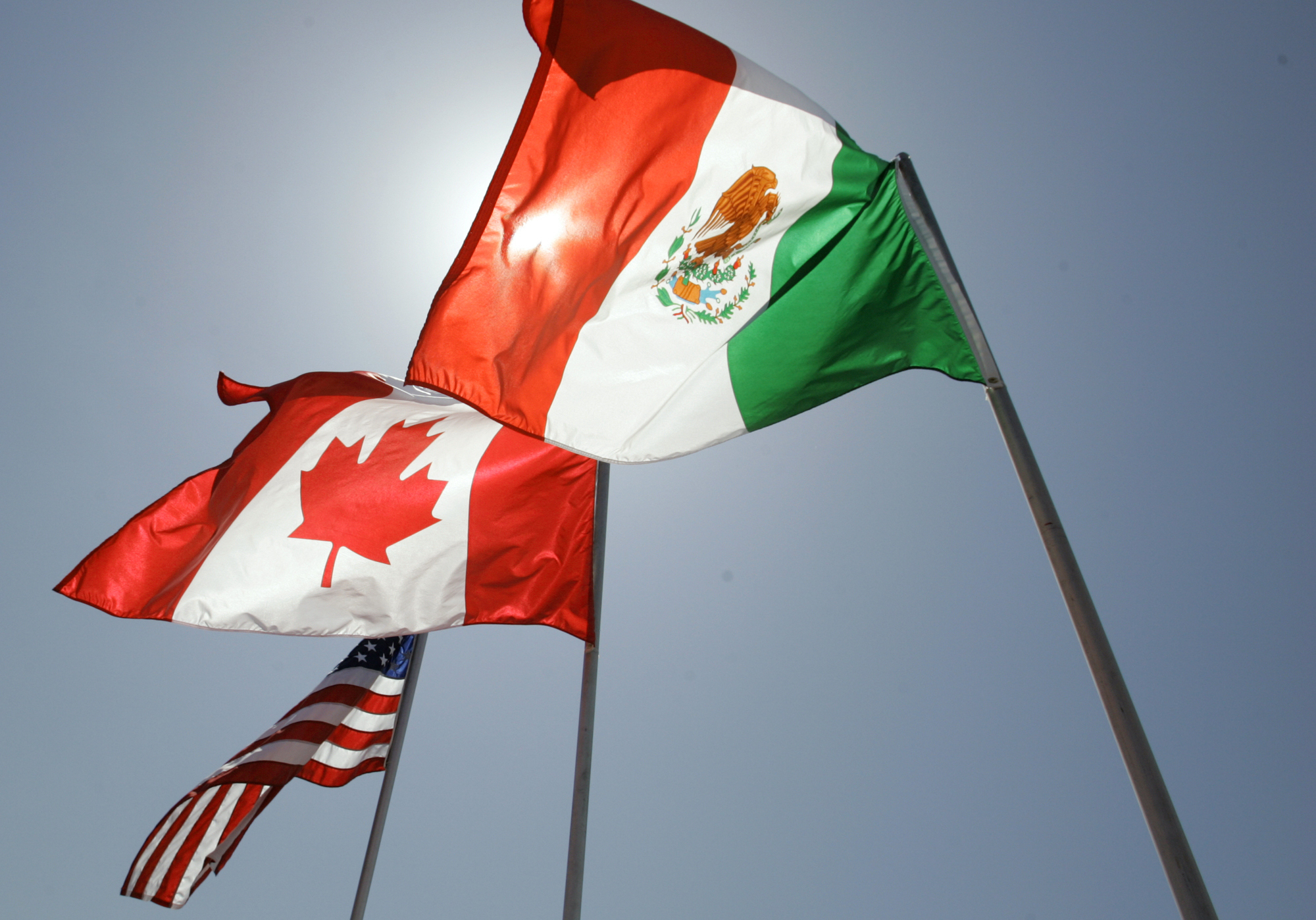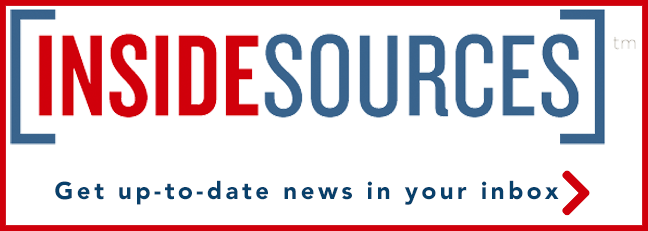Health Care Premiums May Continue to Skyrocket Under ACA

If you think your health insurance premium is too expensive, there’s bad news: insurance companies say the price may go up next year.
Health care premiums through individual exchanges under the Affordable Care Act (ACA) skyrocketed 2014-2018, and according to the Government Accountability Office (GAO), they will continue to rise through 2019, making health care more unaffordable for individuals not buying health insurance through an employer.
Conservatives criticized the ACA before President Barack Obama signed it into law in 2010, fearing it would raise health insurance costs for many Americans.
When the ACA went into effect, a provision allowed states to reimburse insurance companies if costs reached a certain threshold. This helped keep premiums from rising too high, and made health care more affordable for healthy and unhealthy Americans (premiums are the monthly amount an individual pays an insurer for health coverage).
But the reimbursement provision phased out in 2016, which contributed to the recent jump in premiums, two insurers told the GAO. Not only that, but as the GAO found in a report released this week, health insurance claims were higher than insurers expected from 2014-2016, prompting insurers to offload the costs onto customers via higher premiums. Medical and pharmaceutical costs were also higher than expected.
According to the GAO, “in some cases [the premiums were] between 6 and 10 percent higher in 2014. This was due to enrollees being sicker than expected, higher costs for some services, and certain federal policies, such as initial policies for special enrollment periods that issuers were concerned allowed for potential misuse.”
The GAO also found that the price tag on premiums varied widely year to year in different states and with different insurers, as did monthly claims costs.
Gerald Kominski, professor of health policy at the University of California Los Angeles (UCLA) and senior fellow at UCLA’s Center for Health Policy Research, told InsideSources that lawmakers assumed the health care industry would stabilize by the time the reimbursement provision phased out, and that insurance companies wouldn’t need reimbursements to keep premium costs down.
“Once the market was up and running over the next few years, the original ACA assumed it wouldn’t need this protection,” he said. “I think this report is saying this thinking was wrong.”
Kominski said the individual market is a “relatively small piece of the overall insurance market,” so it’s difficult to judge the merits of the ACA on this report alone.
At the same time, the report highlights a serious flaw in the ACA.
“It confirms what I think many of us who have been following the impacts of the ACA know from anecdotal evidence,” Kominski said. “This is more of a systematic look.”
But making adjustments to the ACA — or “repealing and replacing” it with a better law — probably won’t happen anytime soon given Democrats’ and Republicans’ inability to reach an agreement on health care.
“I think the biggest problem we have is we’re in a political gridlock because we have a Republican president, a Republican senate, and now a Democratic house, and the Democrats and Republicans are completely at odds with how to treat the Affordable Care Act,” Kominski said. “In a Democratic Congress and president, there might be mechanisms to increase federal funding to provide reimbursements to insurance companies to help keep their premiums more affordable, but that’s the exact opposite direction Republicans want to go in.”
Republicans abandoned a plan to “repeal and replace” the ACA last year, but instead of settling to adjust the ACA, many conservatives still want to “repeal and replace” it in order to fix systemic problems in the health care industry.
The Heritage Foundation released a report last year outlining ways to address the ACA’s flaws, focusing on the need for patients to control their health care options and allowing states to “adjust insurance rules” based on each state’s unique market conditions.
“What was needed before Obamacare, and is still needed in the wake of Obamacare’s damage, are reforms that re-orient the system toward being patient-centered by giving individuals and families the ability to control the flow of health care dollars and crucial health care decisions, and by forcing providers and insurers to compete for customers by offering better care at lower costs,” the foundation argues in the report.
In other words, if patients control their health care experience, then there won’t be an incentive for insurers to abuse them or raise costs. The foundation also proposed adjusting federal funding for each state based on its unique market needs, like how many residents are low-income or have certain medical conditions.
“While states would be free to use the block grant to design their own state programs, if an individual was unhappy with the coverage option or options offered by the state using its grant funding, she would have the ability to take the value of her state subsidy and apply it toward any private coverage for which she was otherwise eligible, such as a plan offered by an insurer, an employer, or an association, including health plans sponsored by professional or faith-based organizations, or health plans that included a direct primary care component,” the foundation states.
Until a better health care law succeeds in Congress, reinstating reimbursement provisions for insurers could be a useful quick fix. Some states are already considering their own reimbursement programs.
“The one difficult thing about health insurance market is, a small amount of people account for a very large percentage of spending — 10 percent of people count for 50 percent of spending,” Kominski said. “So what happens is, insurance companies going into the marketplace might enroll a handful of people who are really high cost, and that can make their premiums jump up and down from year to year. Given that volatility, there aren’t enormous numbers of people in some states participating in the marketplace. I think reinstitution of federal reimbursements would protect insurance companies from the risk of really expensive patients.”






